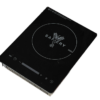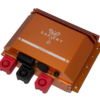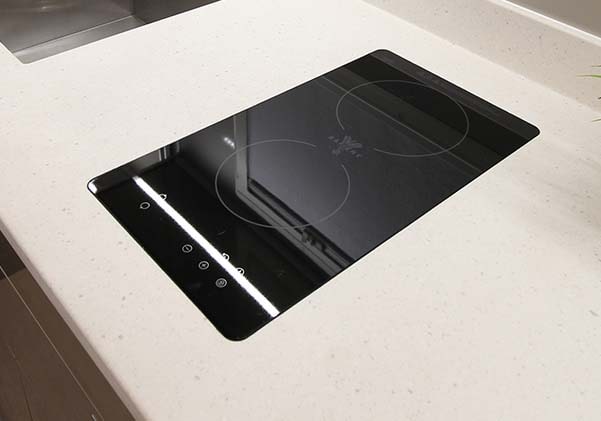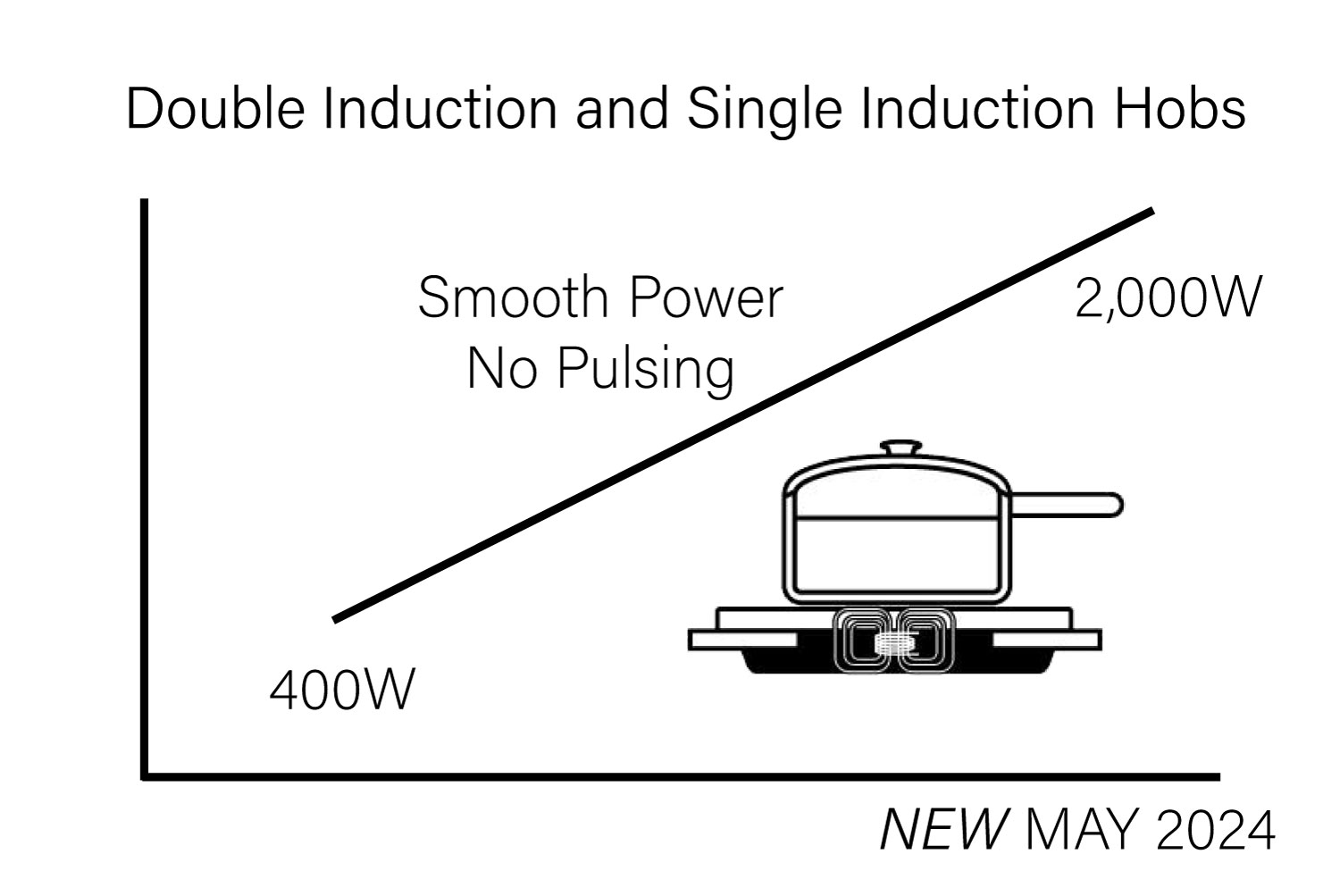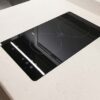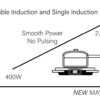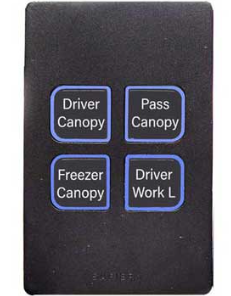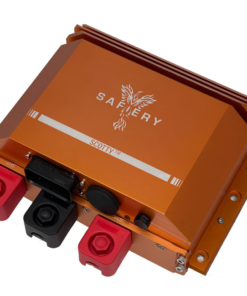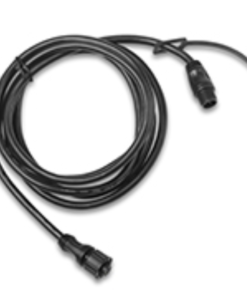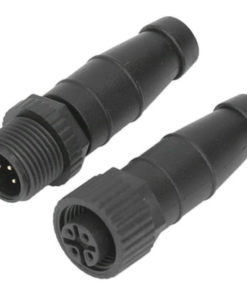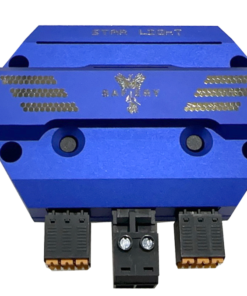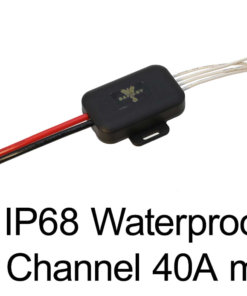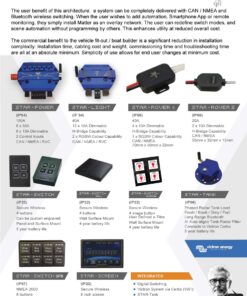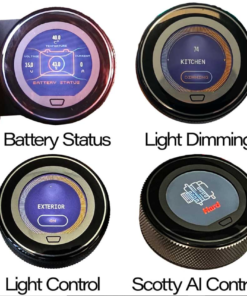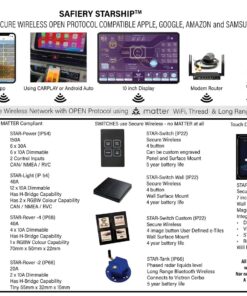$640.00
The Induction Dual Hob that suits 2000W Inverter is a cutting-edge addition to the Smart Induction Cooktops category. This new model comes with a 1.9m cable with standard 10A plug and offers a no pulsing-smooth control feature for a seamless cooking experience. Its dual hob feature allows for simultaneous cooking of two dishes, saving time and energy. The built-in design provides a sleek, modern aesthetic suitable for any kitchen. Manufactured by Safiery, a trusted industry name, this product guarantees quality and durability. Its smooth control feature ensures precise and efficient cooking, setting it apart from other induction cooktops. Upgrade your kitchen with this innovative product that combines power, flexibility, and precision.
Double Induction Smooth Power
Using double induction with smooth power rather than pulsing power at low power levels offers several significant benefits:
1. Enhanced Control:
The continuous and stable power supply enables better control over the cooking. This precise control allows for accurate adjustments to the power level, ensuring optimal performance and desired outcomes in various applications.
2. Improved Efficiency:
Smooth power delivery in double induction systems ensures a more efficient utilization of energy. By avoiding sudden spikes and drops in power, the system can operate more consistently, leading to better energy efficiency and reduced wastage.
3. Reduced Eddy Current Losses:
Eddy currents are minimized with smooth power delivery, as there are no abrupt changes in magnetic fields that can lead to losses. This reduction in eddy current losses contributes to higher overall efficiency in the system.
4. Minimized Heating Issues:
Pulsing power can sometimes lead to localized heating in the system, which may affect components and reduce their lifespan. With smooth power delivery, the risk of overheating is reduced, promoting longevity and reliability of the equipment.
5. Consistent Heating:
In processes that require precise and uniform heating, such as in induction cooking or industrial applications, smooth power delivery ensures consistent heating throughout the material. This results in better quality outcomes and improved process control.
6. Noise Reduction:
Pulsing power can generate electromagnetic interference and audible noise in induction systems. By utilizing smooth power delivery, noise levels can be reduced, creating a quieter working environment and minimizing disruptions.
7. Extended Equipment Lifespan: The stable power supply provided by double induction with smooth power helps in prolonging the lifespan of induction equipment. Reduced stress on components and consistent operation contribute to increased durability and reduced maintenance requirements.
In conclusion, opting for double induction with smooth power at low power levels offers a range of benefits including improved efficiency, enhanced control, reduced losses, minimized heating issues, consistent heating, noise reduction, and extended equipment lifespan. These advantages make this approach a favorable choice for applications where precision, reliability, and energy efficiency are paramount.
Related products
STAR-power

